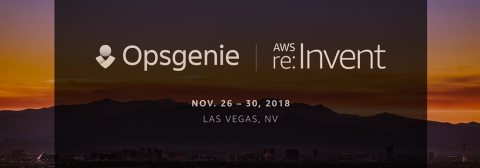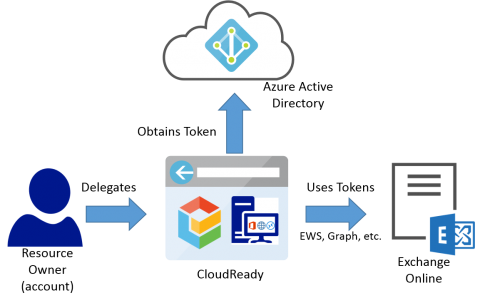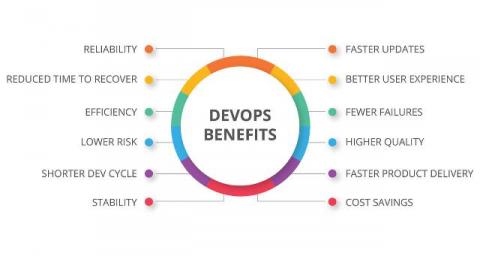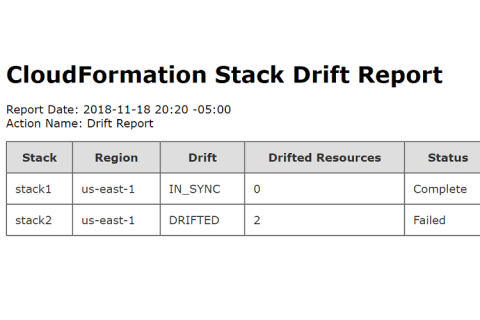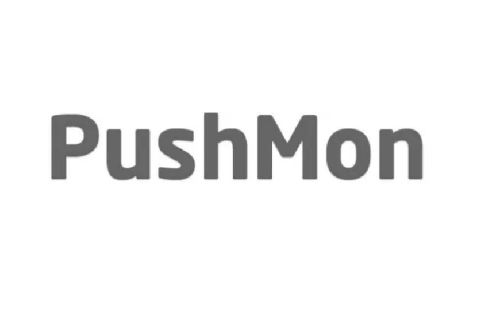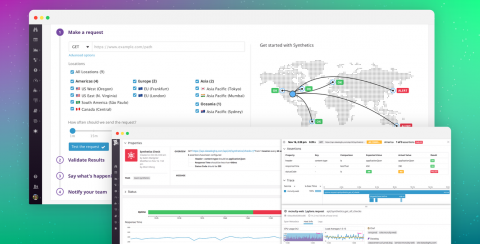Meet Opsgenie at AWS re:Invent 2018-Making Incident Response Faster and More Efficient
It’s an exciting time here at Opsgenie. We recently joined the Atlassian family, updated our logo, released new pricing, and now we’re headed to AWS re:Invent 2018! So much has changed since last year’s event and we can’t wait to talk about it in person.


